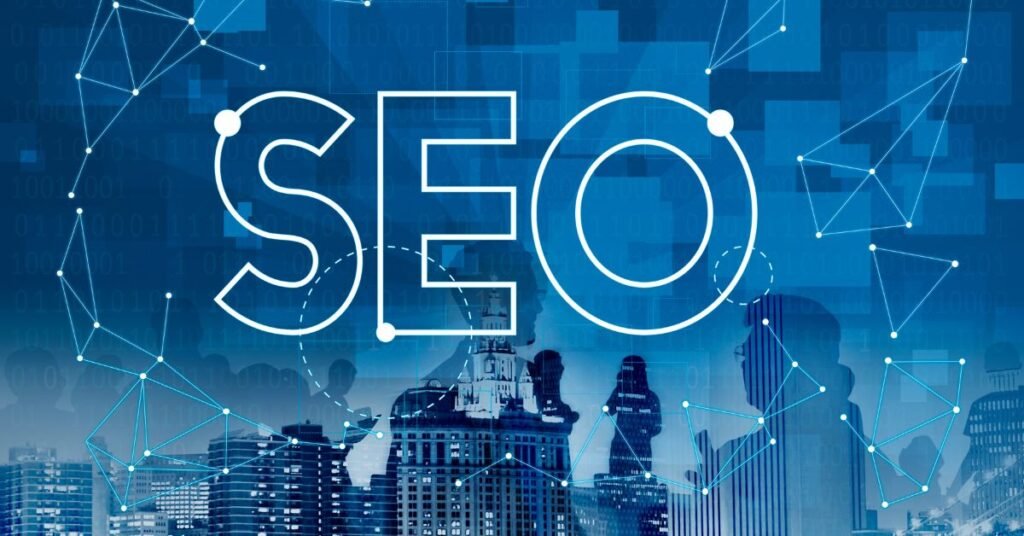Content Mapping: A Comprehensive Guide to Optimizing Your Content Strategy

Optimize your content strategy with our comprehensive guide to content mapping. Learn to align your content with customer journeys for maximum impact.
Beyond Basics: How SEO Agencies in the USA are Shaping the Future of Digital Marketing

In the rapidly evolving digital marketplace, the role of SEO agencies in the USA has become indispensable. With search engine algorithms constantly changing and consumer behavior shifting, businesses need more than just basic SEO techniques to stand out. This blog will explore the distinctive value that SEO agencies bring, how to identify the right agency for your business, and why partnering with a skilled SEO agency can be a game-changer for your online strategy. Understanding the Unique Value of SEO Agencies Tailored SEO Strategies for Diverse Industries SEO agencies in the USA are adept at crafting strategies that are tailored to the specific needs of different industries. For instance, an agency working with a tech startup will approach SEO differently than one working with a local restaurant. They conduct indepth market research and competitor analysis to design a strategy that aligns with industry trends and target audience behavior. This bespoke approach ensures that the SEO tactics are not only effective but also relevant to the business’s niche. Advanced Tools and Technologies Top SEO agencies utilize cutting-edge tools and technologies to drive results. These include advanced keyword research tools, analytics platforms, and SEO software that provide insights into search trends, competitor strategies, and website performance. Agencies often have access to premium tools that small businesses might not afford, offering a competitive edge in optimizing website performance and tracking ROI. Data-Driven Decisions A key feature of a top-performing SEO agency is its commitment to data-driven decision-making. These agencies leverage detailed analytics to evaluate the success of their strategies, track keyword performance, and measure user engagement. This approach allows for continuous optimization by making informed adjustments based on insights from metrics like bounce rates, click-through rates, and conversion rates. Through rigorous analysis, agencies refine their strategies to better align with client goals and drive superior results. Choosing the Right SEO Agency Assessing Industry Expertise When selecting an SEO agency, it’s crucial to evaluate their experience in your specific industry. Agencies that have worked with businesses similar to yours will understand the unique challenges and opportunities within your sector. For example, an agency with experience in e-commerce SEO will be familiar with strategies for product listings, customer reviews, and site structure that are essential for online retail success. Integration with Emerging Technologies Forward-thinking SEO agencies are integrating their strategies with emerging technologies like Augmented Reality (AR) and Virtual Reality (VR). For example, a real estate agency might use AR to create interactive property tours, which can then be optimized for search engines. This integration ensures that businesses can capitalize on the latest tech trends, offering an immersive and engaging experience to their audience. Evaluating Transparency and Communication Effective communication is key to a successful partnership with an SEO agency. Ensure that the agency provides regular updates, clear reports, and is transparent about their methods and results. A good agency will offer a detailed plan and set realistic expectations for deliverables and timelines. They should also be open to discussing strategies and making adjustments based on your feedback. Benefits of Partnering with a Forward-Thinking SEO Agency Future-Proof Strategies Partnering with an innovative SEO agency means adopting strategies that are not just effective today but are also adaptable to future changes. These agencies anticipate shifts in search engine algorithms and user behavior, allowing businesses to stay ahead of the competition and maintain a robust online presence. Enhanced User Engagement By leveraging cutting-edge technologies and unique strategies, these agencies enhance user engagement and experience. Whether it’s through personalized content, voice search optimization, or immersive tech, the focus is on creating a more engaging and interactive experience that drives higher user satisfaction and retention. Maximized ROI Innovative SEO strategies lead to more efficient use of marketing resources and higher returns on investment. By targeting specific audiences with precision and utilizing advanced tools, businesses see better results from their SEO efforts, translating into increased traffic, higher conversion rates, and greater overall success. Conclusion SEO agencies in the USA are not just keeping up with digital trends; they are setting them. By incorporating AI, voice search optimization, hyperlocal targeting, and emerging technologies, these agencies are redefining the future of SEO. Choosing the right agency means partnering with experts who are not only skilled in traditional SEO but also at the forefront of innovation. For a strategic edge in the competitive digital landscape, connect with Media Ace Marketing and explore how our forward-thinking approach can transform your online presence. Ready to future-proof your SEO strategy? Contact Media Ace Marketing today and let’s create a tailored plan to drive your success.
